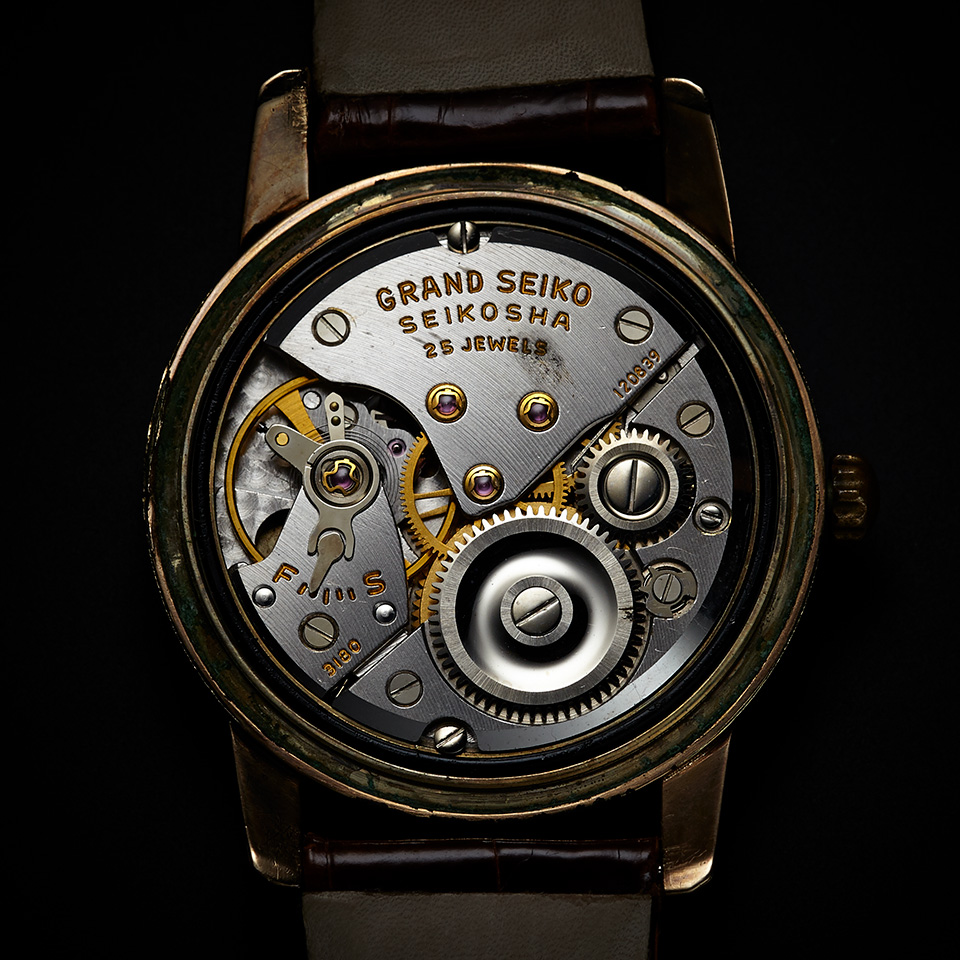IN-DEPTH: Grand Seiko Movements – Part I, the Mechanicals
Sandra LaneIt’s a pretty big deal for any watch company to launch an entirely new movement – let alone two new movements at once. But this is what Grand Seiko has done to mark its 60th anniversary. The choice of year is significant: in Western culture, a 60th is not considered particularly special (half and quarter centuries are more celebrated), but in Japan, where the zodiac calendar is based on a 60-year cycle, it is hugely significant. A 60th anniversary signals renewal, revitalisation and rebirth. So, beyond encapsulating the expertise accumulated by Grand Seiko over the past 60 years, these two new movements are a strong statement of intent. They represent each of Grand Seiko’s two pillars: Calibre 9SA5 is a traditional mechanical movement, while Calibre 9RA5 is a Spring Drive movement. These are entirely new movements, with every element developed and produced in-house and designed to last for decades as the foundation for a whole new generation of watches.
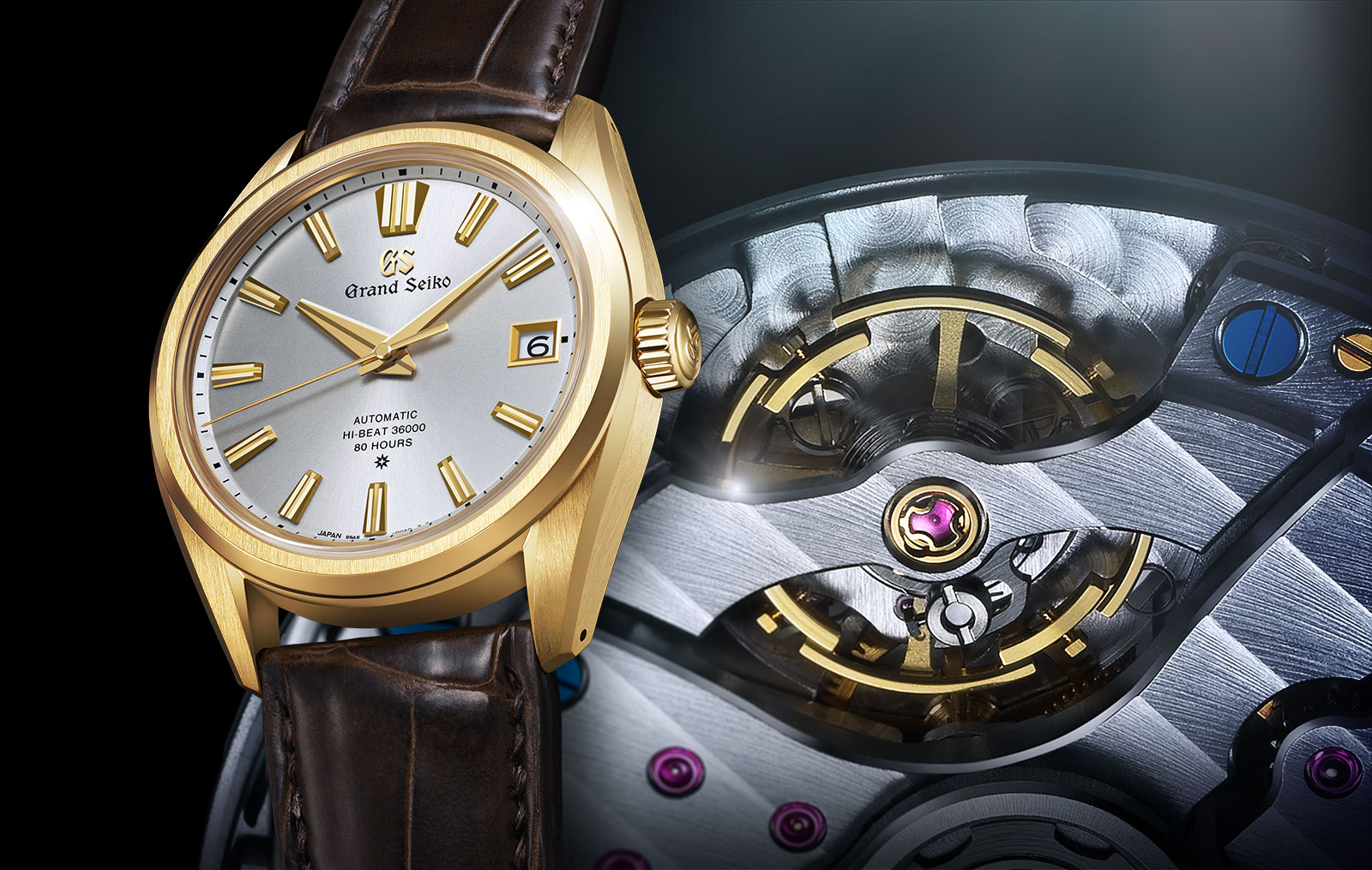
To understand their place in the Grand Seiko story, let’s look at the genesis of each in turn. As a reminder, when Grand Seiko was created in 1960 – Genzo Kintaro, the founder’s eldest son was Chairman of Seiko, and Shoji Kintaro was President – the aim was to produce the ‘ideal watch’. In a purely technical sense, the key criterion for this was more stable accuracy over a longer period, with longer autonomy (power reserve).
The first Grand Seiko watch was powered by Calibre 3180, a traditional mechanical movement with an accuracy of +12 to -3 seconds per day and a power reserve of 45 hours. (Its developers had drawn on the knowledge gained from the movement of the Seiko Marvel, launched in 1956 – the first mechanical movement designed and produced in-house.)
Constant updates and revisions followed, until Seiko suspended mechanical movement production in the late 1970s. (Notably, this early period included the launch in 1970 of Grand Seiko’s first high-beat movement — 36,000 vph — in model 61GS.) The advent of new-generation mechanics in the mid-1990s led to the creation of the 9S mechanical calibre, launched in 1998. Below, we trace the evolution of the 9S series, culminating in the new Calibre 9SA5.
In 1999, a year after 9S appeared, Seiko launched its Spring Drive technology – and in 2004, it developed a version exclusive to Grand Seiko, known as 9R. (In Part II, we trace the development of the 9R Spring Drive movements leading up to the new Calibre 9RA5.) A point worth noting: Calibre numbers don’t follow the chronological order of their launch – for example, Calibre 9S67 (2006) preceded 9S65 (2010).
The evolution of Grand Seiko Calibre 9S
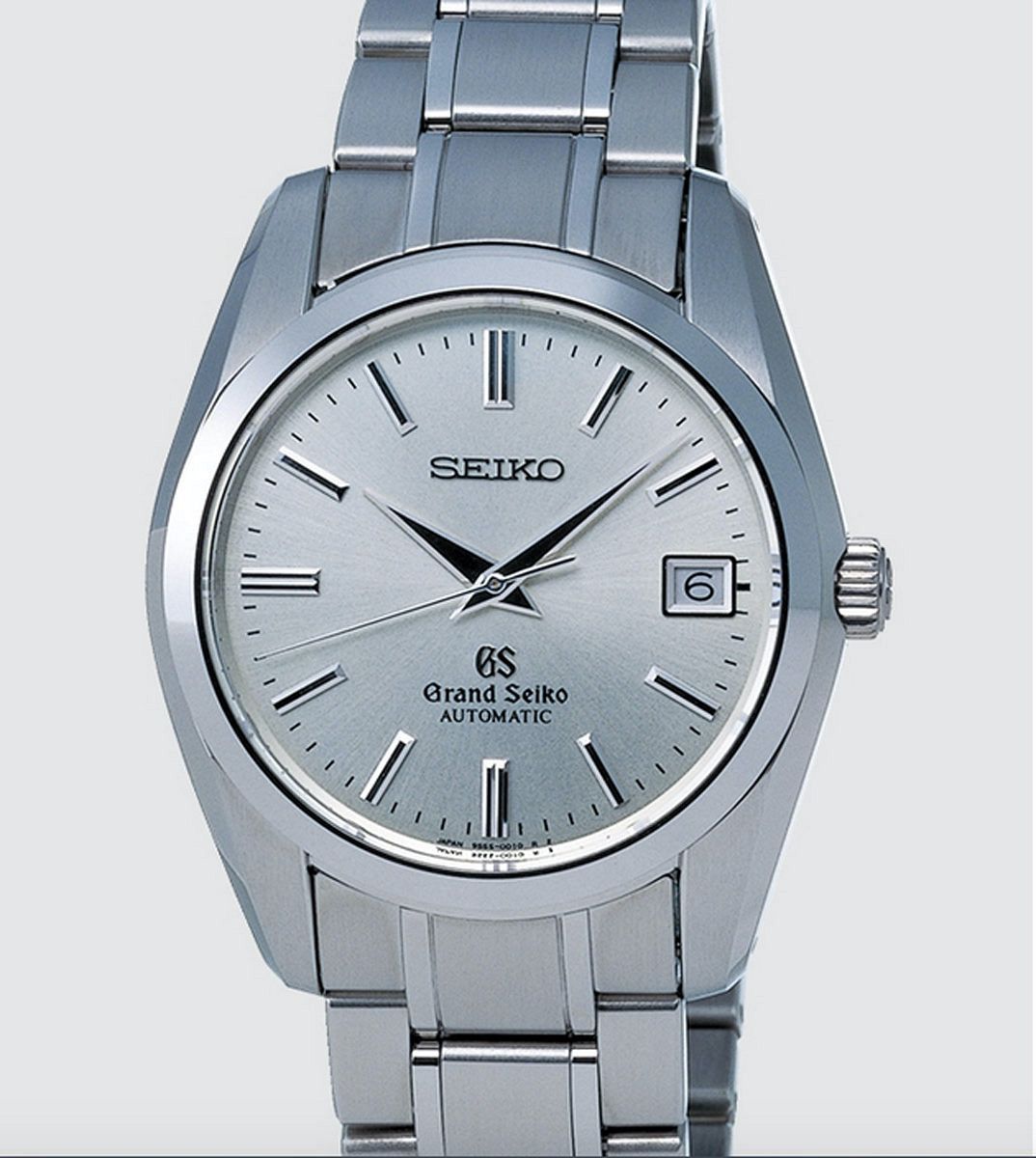
In 1998, Calibre 9S ushered in a new chapter for Grand Seiko as the base for all GS mechanical movements. The first movements, self-winding Calibres 9S55 and 9S51, beat at a frequency of 28,800 vph (8 beats per second), providing accuracy of +5 to -3 seconds per day (comfortably surpassing the COSC standard of +6 to -4 seconds) and a power reserve of 50 hours. Calibre 9S56, launched in 2002, added a GMT function.
The 9S6 series: longer power reserve
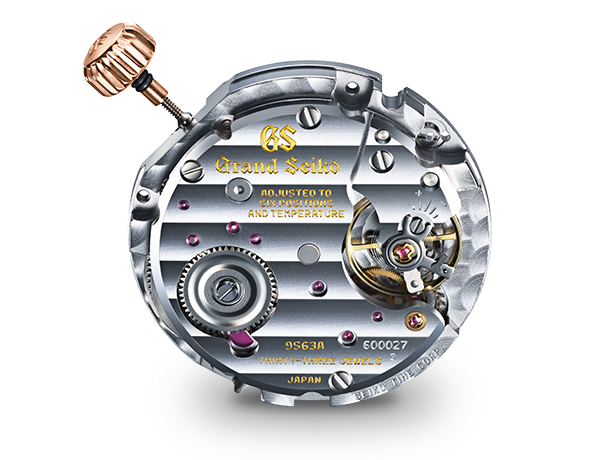
In 2006, Grand Seiko introduced Calibre 9S67. While retaining the 28,800 vph rate and the same size of barrel, the self-winding movement had a longer mainspring, made from Seiko’s proprietary SPRON 510 alloy, providing a power reserve of 72 hours. This was followed by two hand-wound movements, both with a 72-hour power reserve: Calibre 9S63 (with small seconds and no date) and Calibre 9S64, a simple three-hand movement (this year the latter calibre appears in two new models in the Elegance line).
Grand Seiko further updated the 9S6 series in 2010 with the self-winding Calibre 9S65 – featuring a new balance spring and escapement materials that improved the stability of its precision during daily use. Using the same technology, Calibres 9S66 (with GMT), 9S68 (with date) and 9S61 (central seconds, no date) followed.
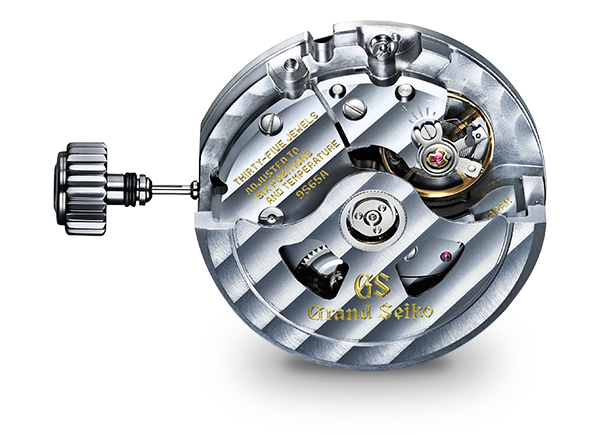
The 9S8 series: High-beat calibres
In 2009, Grand Seiko introduced the 9S8 series – a new generation of high-beat (36,000 vph/10 beats per second) movements. The first of these, Calibre 9S85, is the predecessor of the new 9SA5 as Grand Seiko’s core high-beat movement. The mainspring was made from a new SPRON alloy that delivered twice the impact resistance and three times the magnetic resistance of its predecessor. With a power reserve of 55 hours, accuracy was maintained at +5 to -3 seconds per day.
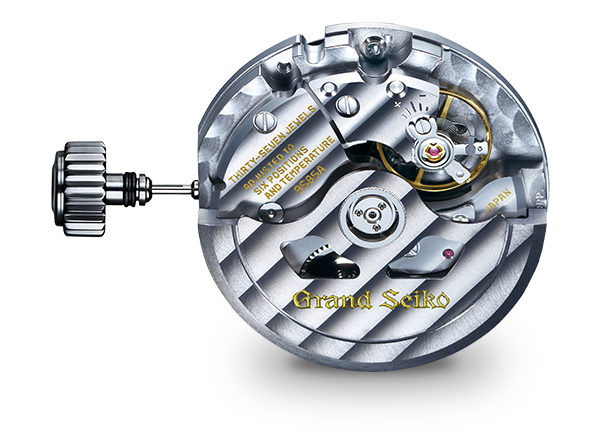
Introduced in 2014, Calibre 9S86 combined the high-beat precision of 9S85 with a GMT function.
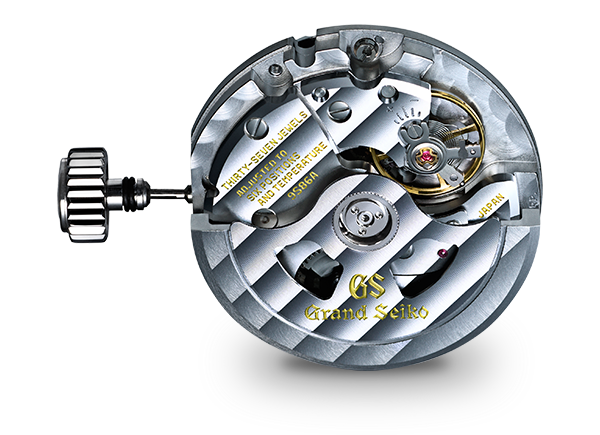
The 9S2 series: smaller and slimmer
Completing the 9S family, Calibres 9S27 and 9S25 have been created for smaller and slimmer watches (including women’s models), with a 50-hour power reserve, a date function and accuracy of +8 to -3 seconds per day.
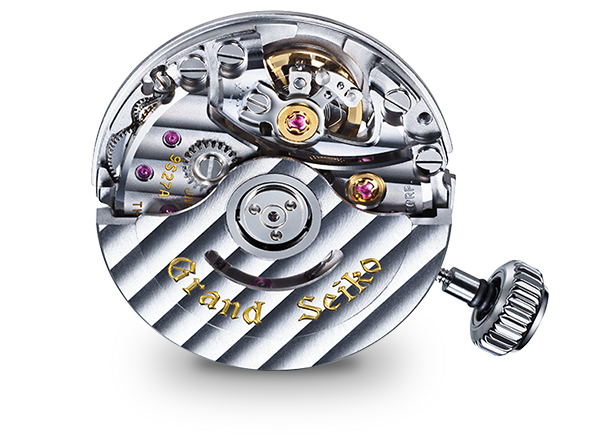
The new Grand Seiko Calibre 9SA5
Key attributes:
- High-beat 36,000 (10-beat) movement
- Accuracy of +5 to -3 seconds per day
- Power reserve increased to 80 hours (from 72)
- 15 per cent (0.71mm) slimmer than the 9S6 series (which translates into a 1.3mm slimmer case for the watch, SLGH002)
- Date change is virtually instantaneous
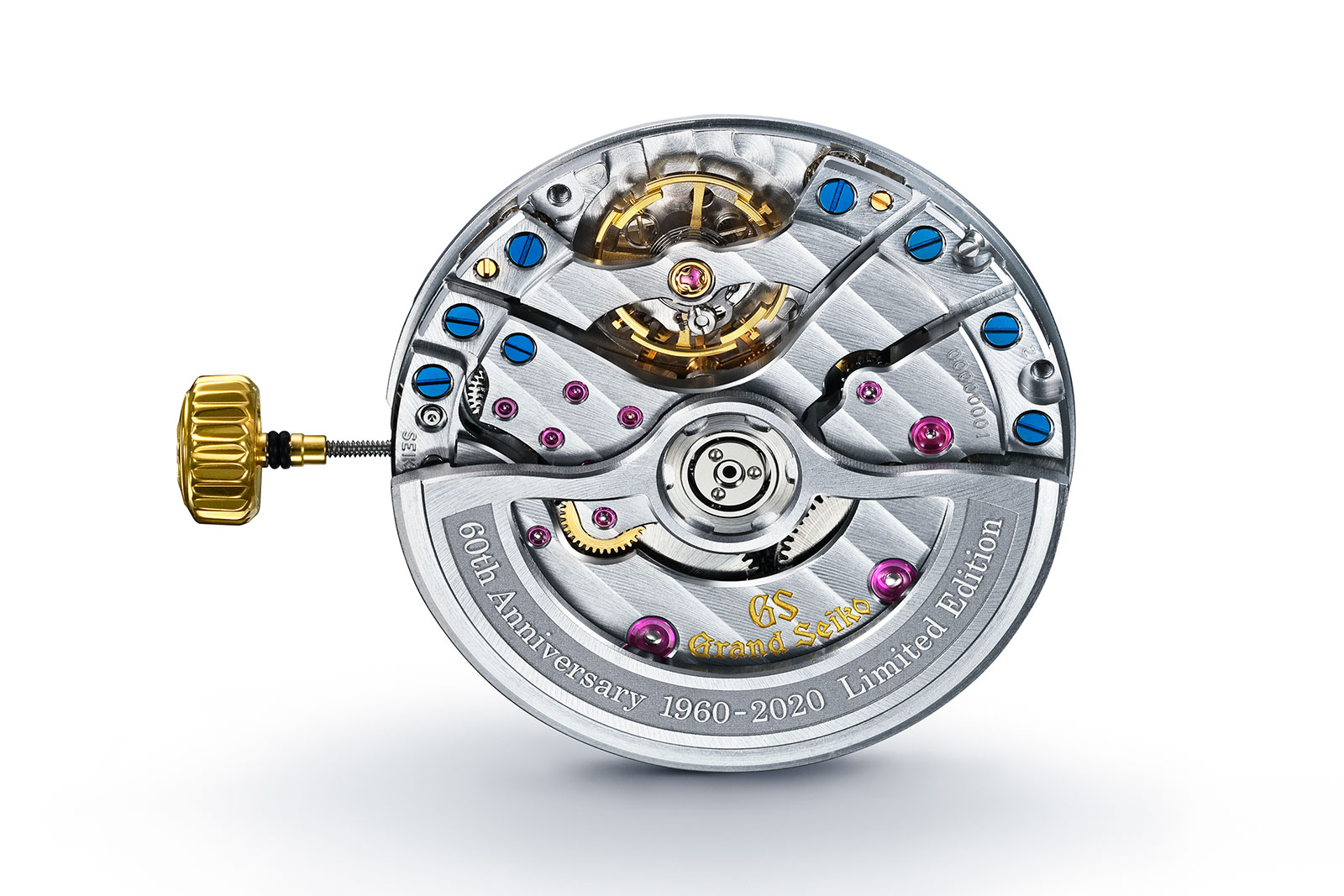
To make these improvements, Grand Seiko has re-designed three key technical elements: the escapement, the balance and the gear train. Let’s take a closer look at these respectively.
Dual Impulse Escapement: the escapement is the ‘brain’ of a watch, which regulates the transfer of energy from the mainspring to the balance wheel, so the challenge is to deliver that energy more efficiently and at the most stable rate possible. Grand Seiko’s solution is unique: a starfish-shaped escapement wheel that transmits power directly to the balance. Dual impulse means that in one direction, power is transmitted directly to the balance while in the other, it is transmitted via the pallet fork, as in a traditional escapement.
Both the pallet fork and escapement wheel are made using MEMS (Micro Electro Mechanical System) technology – a proprietary method developed within Seiko Group’s semi-conductor division, which can achieve a precision of one ten-thousandth of a millimetre.
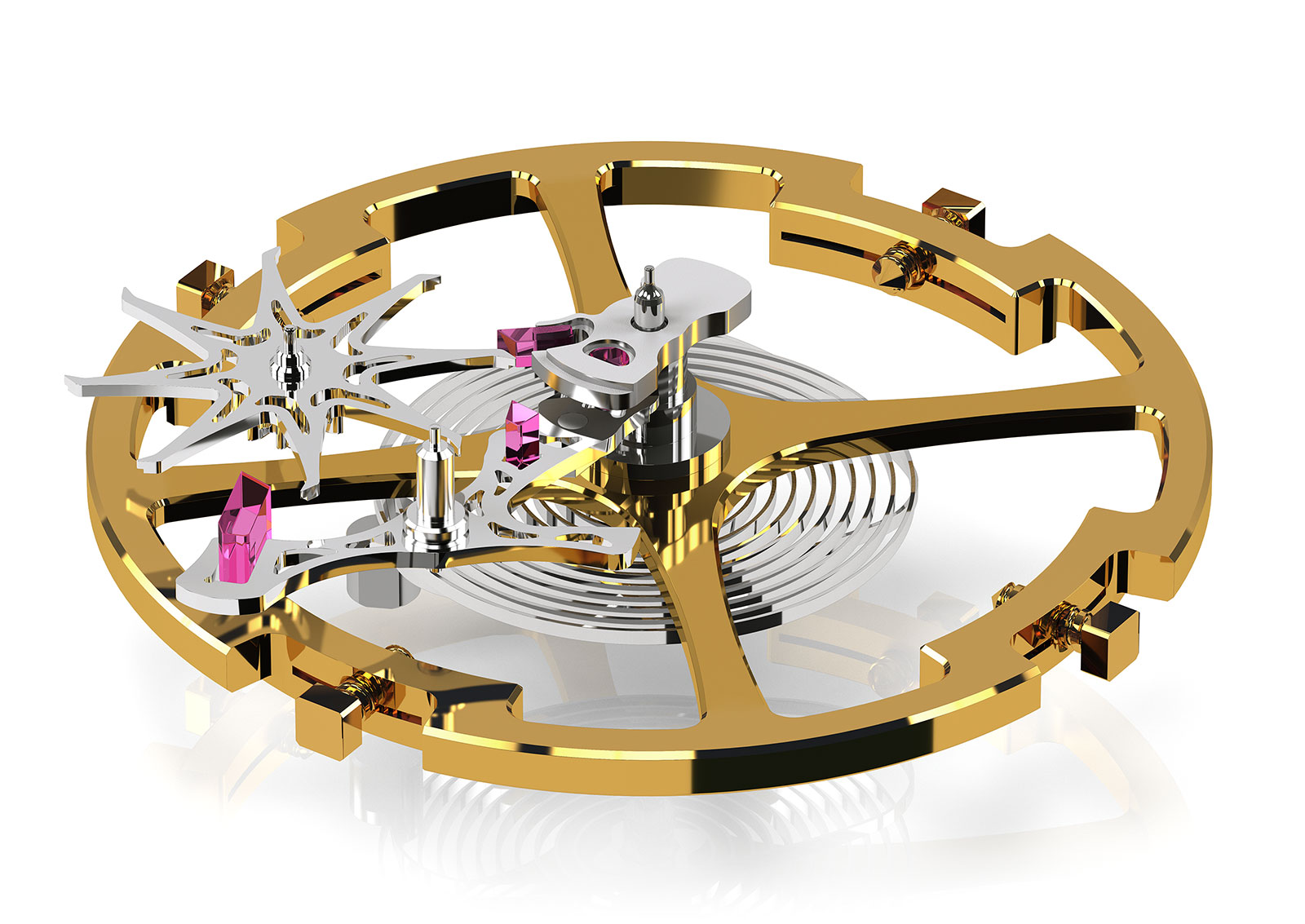
Grand Seiko Free-sprung Balance: the task of the balance is to maintain stable precision for longer periods – that is, to improve isochronism. So the key challenge for movement developers is to improve the performance of the hairspring (the way it ‘breathes’), as well as increasing resistance to shock and friction. To achieve this, Grand Seiko’s engineers developed a new free-sprung balance for Calibre 9SA5 with an overcoil hairspring (previous 9S series calibres use flat hairsprings), which, the company says, was tested through more than 80,000 simulations to determine the best curve shape.
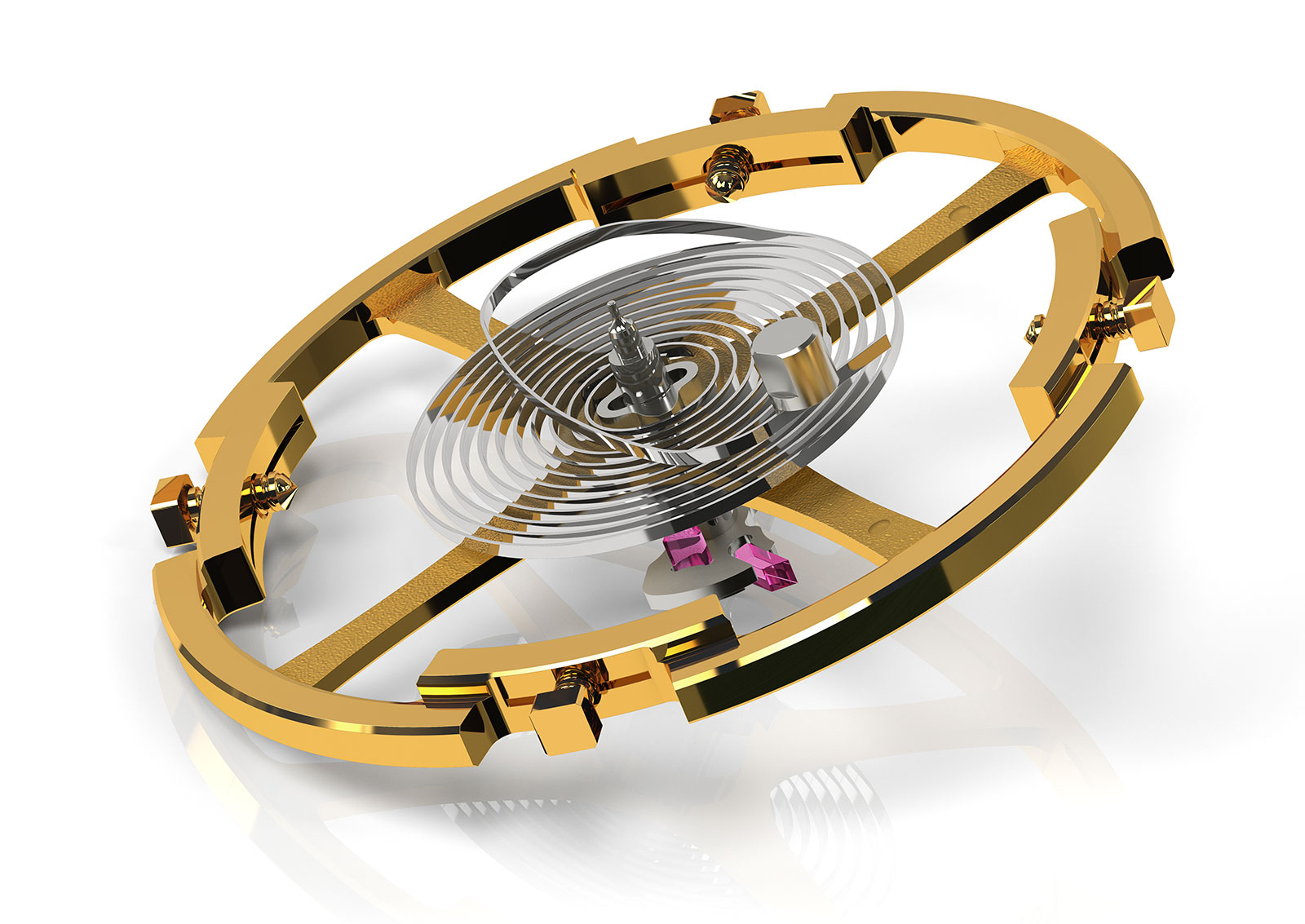
Horizontal Gear Train: in their quest to reduce the height of the movement, Grand Seiko developed an innovative horizontal layout of the barrel and gear trains. As a result, the new calibre is 15 per cent slimmer than its high-beat predecessors (the 9S8 series). Thanks to two barrels, arranged in sequence, the power reserve has increased to 80 hours (from 72).
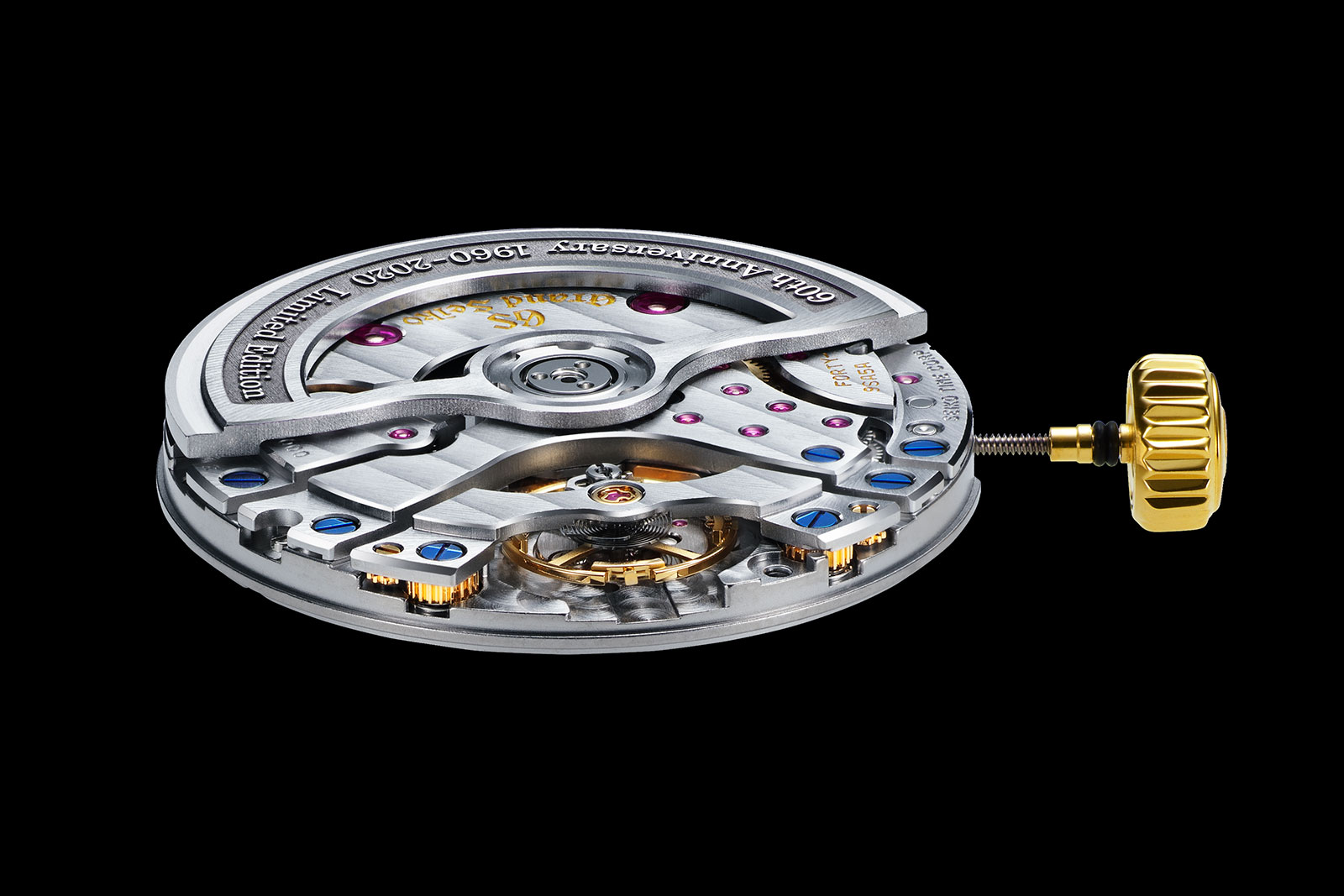
The different movement layout is immediately obvious: whereas in the 9S8 series, the balance wheel previously positioned at about 135 degrees in relation to the winding stem, it is now at 90 degrees (the 12 o’clock position). As a result, the bridges are more symmetrical – their curving outlines inspired by the shapes of Mt Iwate and a bend in the Shizukuishi River near the studio where the watch is made. As a final flourish, the central spoke of the previous winding rotor has been removed, making it completely open-worked to show off the movement better.
For the story of Grand Seiko’s Spring Drive movements, see Part II tomorrow.





